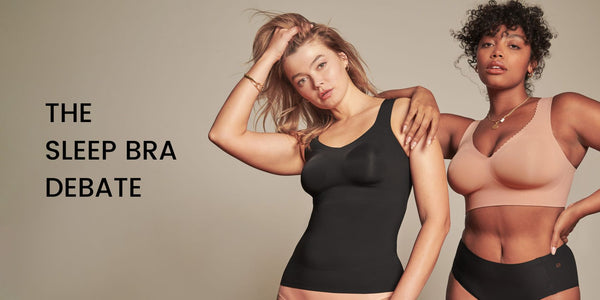Effect of Breast Support on our gait pattern
Now accustomed to analysing the female running kinematics I can’t help but giggle when I see women run down the stairs or across the road, noting that each and every time they clutch their elbows against their sides and press their forearms against their breasts as if it is an instinctive reaction. Which led me to explore this in much greater detail. To come to my very own, not-quite-scientifically-proven point that it is in fact ‘instinctive’.
It’s well documented in the literature, and very much so noted in my biomechanical breast assessments that women contract their pectorial muscles and limit their arm swing when running ‘unsupported’, which results in unnatural upper body mechanics. This is apparent with women running bare chested, and can also be noted for women running in bras with less support eg every day and low motion control Sports Bras.
Naturally, the Podiatrist in me is itching to talk lower limb, so here I go… In Boschma’s. (1994) 113 page report on Breast Support for the active woman it is stated that women with a larger bust naturally decreased their stride length with a reduction in breast support. This follows everything we know in the footwear industry about ground reaction forces, stride length and foot strike pattern.
When we extend our stride length and land on our heel, there is an increased ground reaction force when compared to if we decrease our stride length and land on our forefoot/midfoot.
Think back to the last time you ran to cross the road. How did your gait change? I’ll tell you. You propped up on your toes, clutched your arms against your sides and compressed your breasts against your chest wall. All for a very good reason. By striking on your forefoot instead of your heel, the forces that travel up your leg to your torso decrease, which is thought to then reduce the vertical displacement of the breast.
What does this all mean? Most of us are habitual heel strikers, so if we alter our gait to protect our breasts from pain caused by excessive motion (or velocity of displacement) then we better be doing so SLOWLY to allow for conditioning of our lower limb musculature. If we don’t allow both the bone and soft tissue in our lower limb time to adapt to a change in load then pretty quickly your deficient “Sports Bra” could result in a metatarsal stress fracture. Sounds a bit farfetched? And maybe it is. But my point is one that should be noted. There are enough factors out there that will contribute to the long list of lower limb stress related running injuries. Don’t let your Sports Bra become another one.
Our website is:
And follow us on facebook:
http://www.facebook.com/shescience
Our online store can be found at:






